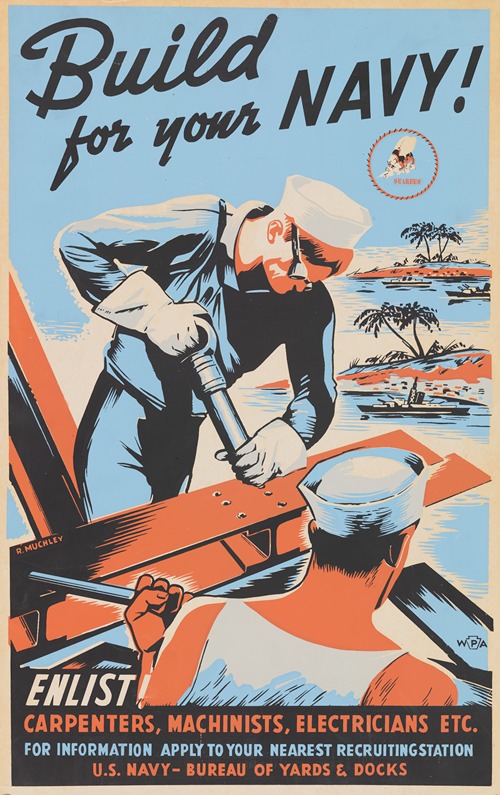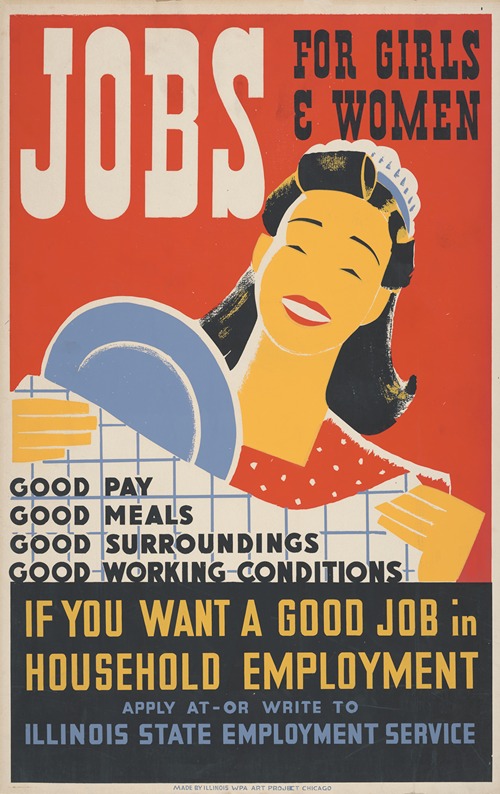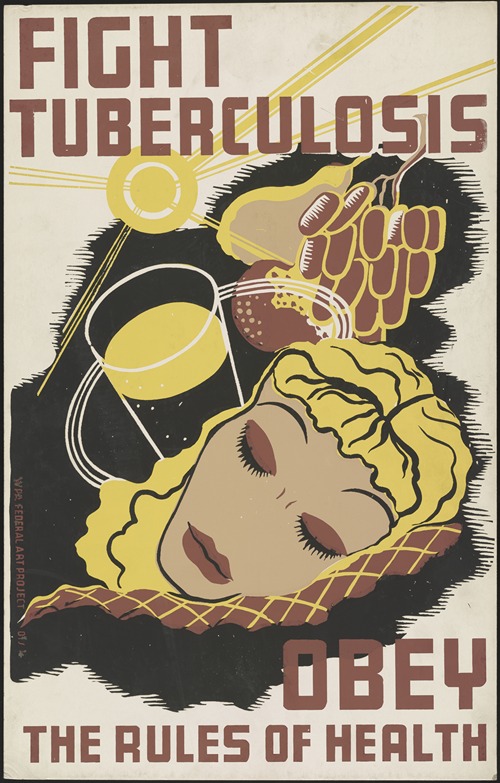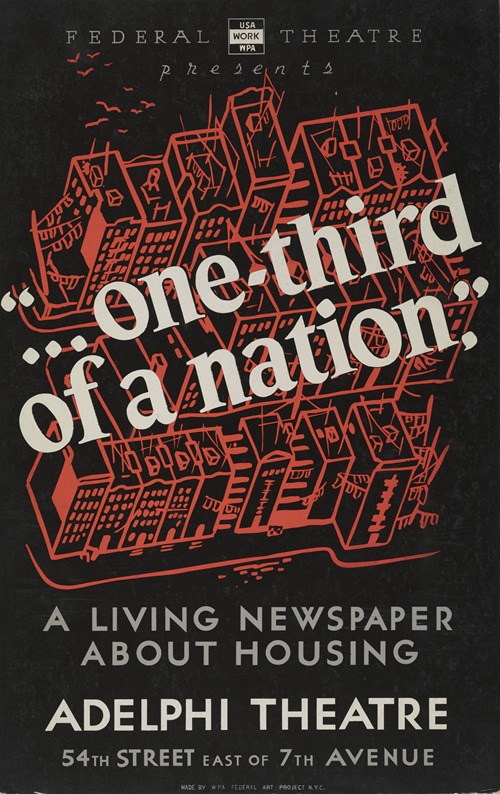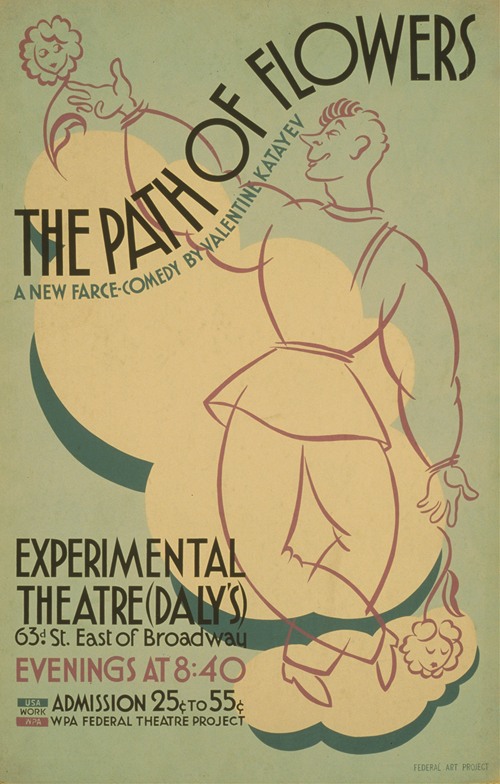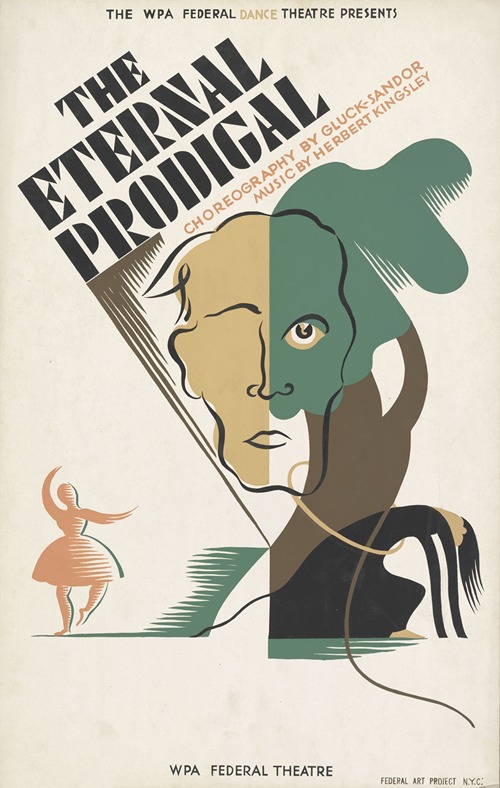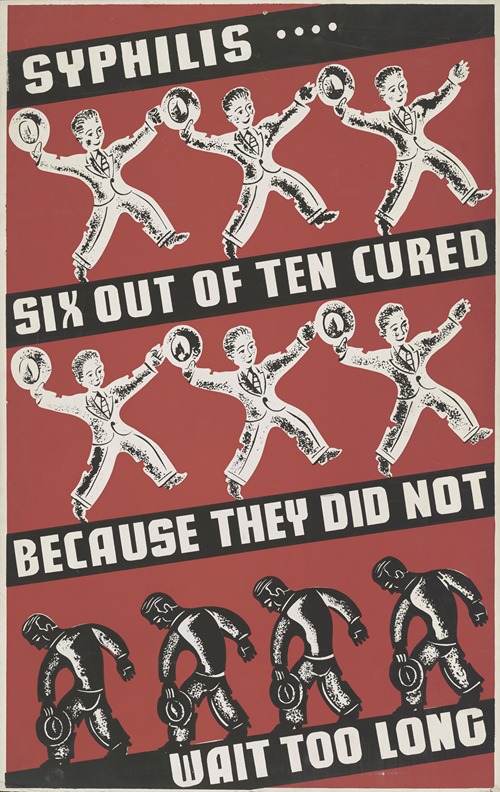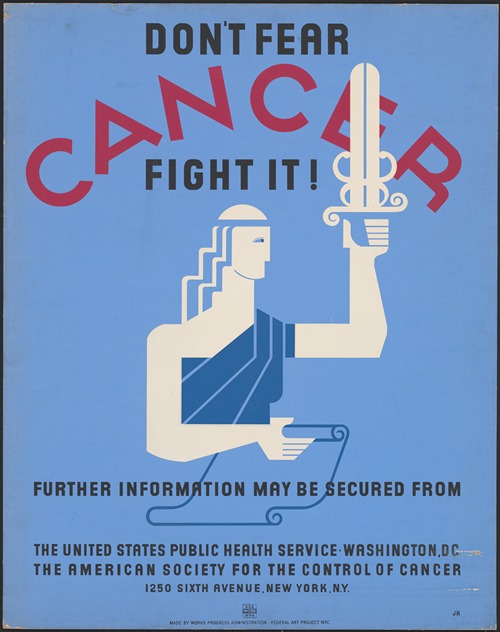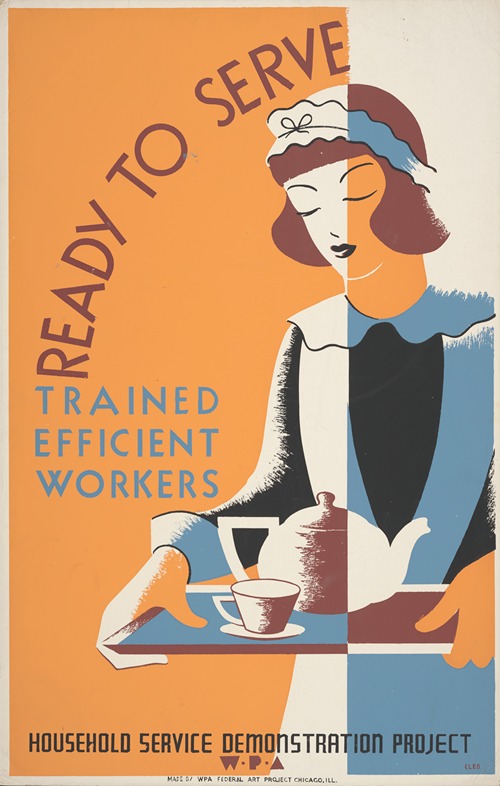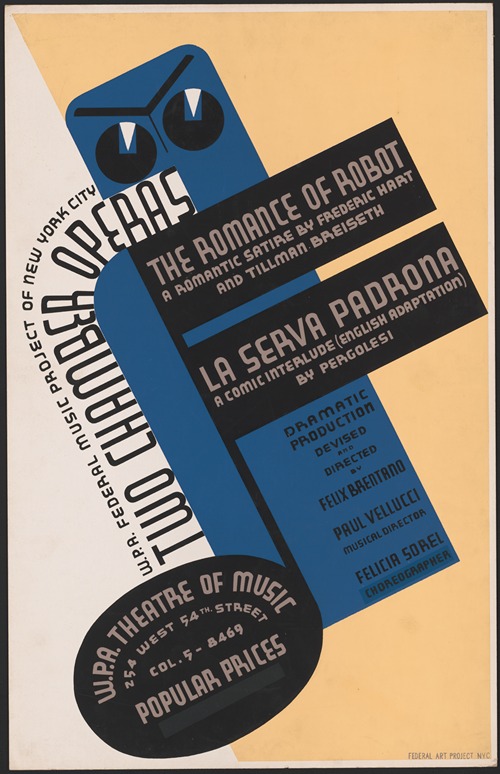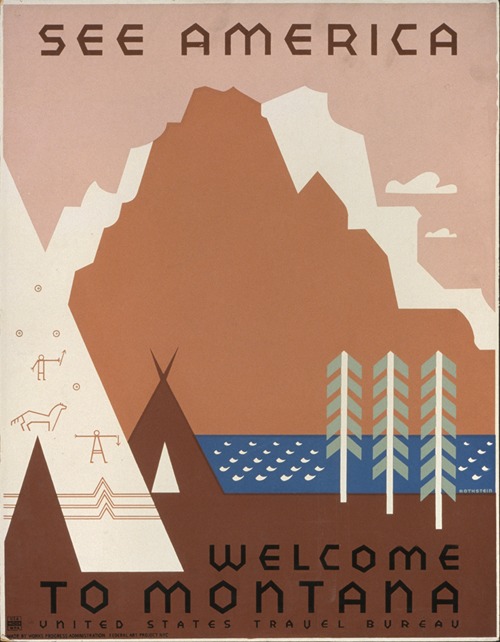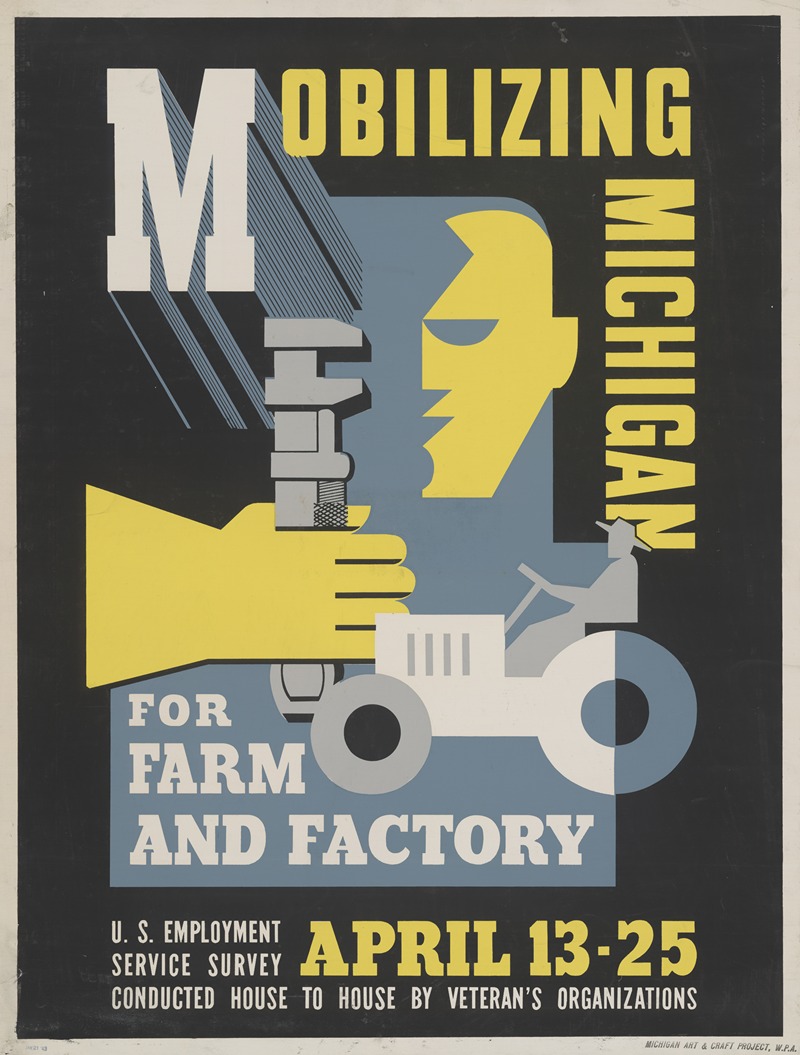
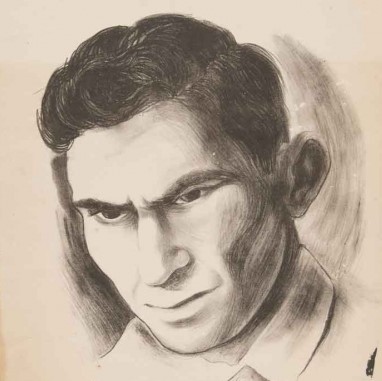
Maurice Merlin was born in Sioux City, Iowa, on September 26, 1909 and drew from an early age, receiving encouragement from his parents and artists who saw his work. He completed his academic training in art at the School of the Art Institute of Chicago. He worked in water-color, in silk-screen, created paintings in egg-tempera, poster art for the WPA in Detroit, as well as lithography. The lithographs were mostly done in 1939 during which time he collaborated and worked with five other Detroit artists, Ed Jaeger, Frank Cassara, Barbara Wilson, Henri Bernstein and Walter Speck. They worked together in lithography, learning techniques from one another and helping one another in production. Other artists with whom he associated were Bill Jordan, Gilbert Roche, and Mitchell Siporin. After serving in the army during WWII, he came to California in the mid 1940s where he settled with his family.
Maurice Merlin’s early death in 1947 in Los Angeles, brought an end to a promising career in the fine arts. He left a good number of lithographs, as well as paintings in egg tempera and gouache, that reflect the distress of the Depression era. Many of them are images of city life, while others show dreamlike views of empty farmland, reflecting his Midwest origins, but places which were lost to a generation of displaced Americans who could not return to an agricultural way-of-life. Other images are industrial or factory scenes more characteristic of the Depression in Detroit.


